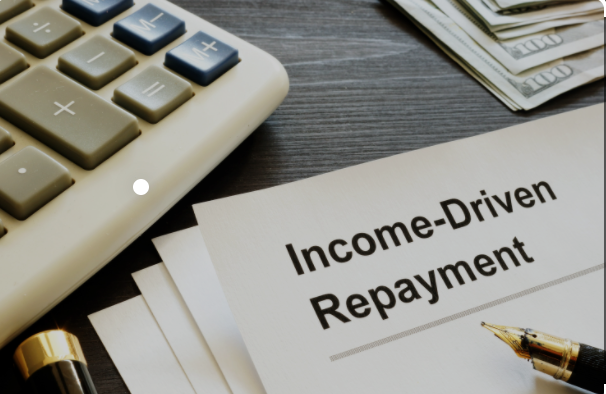Income-driven repayment (IDR) plans base monthly payments on the borrower’s income, unlike standard payment plans.
An additional benefit of IDR plans is that after 20-25 years of repayments, the remaining balance is discharged.
Payments borrowers made on loans while in Chapter 13 bankruptcy or through wage garnishment don’t count as IDR payments for loan discharge in 20-25 years.
Also, federal ParentPlus loans are generally excluded from IDR plans, unless consolidated in the income-contingent repayment (ICR) plan.
Over 4.4 million borrowers have been in repayment for more than 20 years and haven’t received discharge.
“Income-driven repayment (IDR)… is converting the short-term problem of delinquency into a long-term problem of nonrepayment,” according to the Brookings Institute. “Our data shows that the share of loans in which the balance is increasing rather than being paid down is rising both over time and across origination years, to the point that a majority of loans now have a higher balance than they did initially. The only question is whether borrowers carry the nominal balance until they reach the end of the IDR repayment period, or whether the bad debt is acknowledged now and the balance written down in the interim.”

Biden’s proposed reform to IDR plans
Last year in August, the president outlined four proposed changes to IDR plans:
- Income exclusion allowance – raising the federal poverty level from 150% to 225% giving borrowers more income for basic needs considering the higher cost of living.
- Discretionary income – decreases the amount of borrowers’ discretionary income that goes toward loan payment from 10% to 5%, for undergraduate loans only.
- Interest elimination subsidy – eliminates the negative amortization scenario where the balance grows as interest accrues because the IDR payment is too small to cover the interest payment.
- Automatic loan forgiveness – decreases 20-25 years of payment to 10 years of payments for borrowers whose original principal was $12,000 or less.
In January, Biden outlined proposed regulations to income-driven repayment (IDR) plans as a follow-up to initial details outlined last August to reform IDRs.
The proposed rules have a significant impact on borrowers in the REPAYE income-driven plan with undergraduate loans and income less than $30,600 for individuals or $62,400 for families of four or more.
Borrowers who are 75 days or less delinquent would be enrolled in an IDR plan with the lowest monthly payment and borrowers currently in default will have access to an IDR plan.
Biden’s proposed regulations would impact borrowers enrolled in the REPAYE plan. Borrowers enrolled in other IDR plans can switch plans once repayment begins.
However, switching may not be necessary as ED will phase out new enrollments for ICR and PAYE plans, while limiting enrollment for IBR.
The phase-out of enrollment of ICR means ParentPlus borrowers who haven’t consolidated their loans won’t be eligible, something advocates have long criticized because many parents still have their own loans.
Another IDR reform is the one-time payment adjustment that Biden announced last April that rolls out this spring and summer.
Beware of scams. If you have federal loans, you do not pay to receive federal loan forgiveness, discharge, or the one-time payment adjustment.
